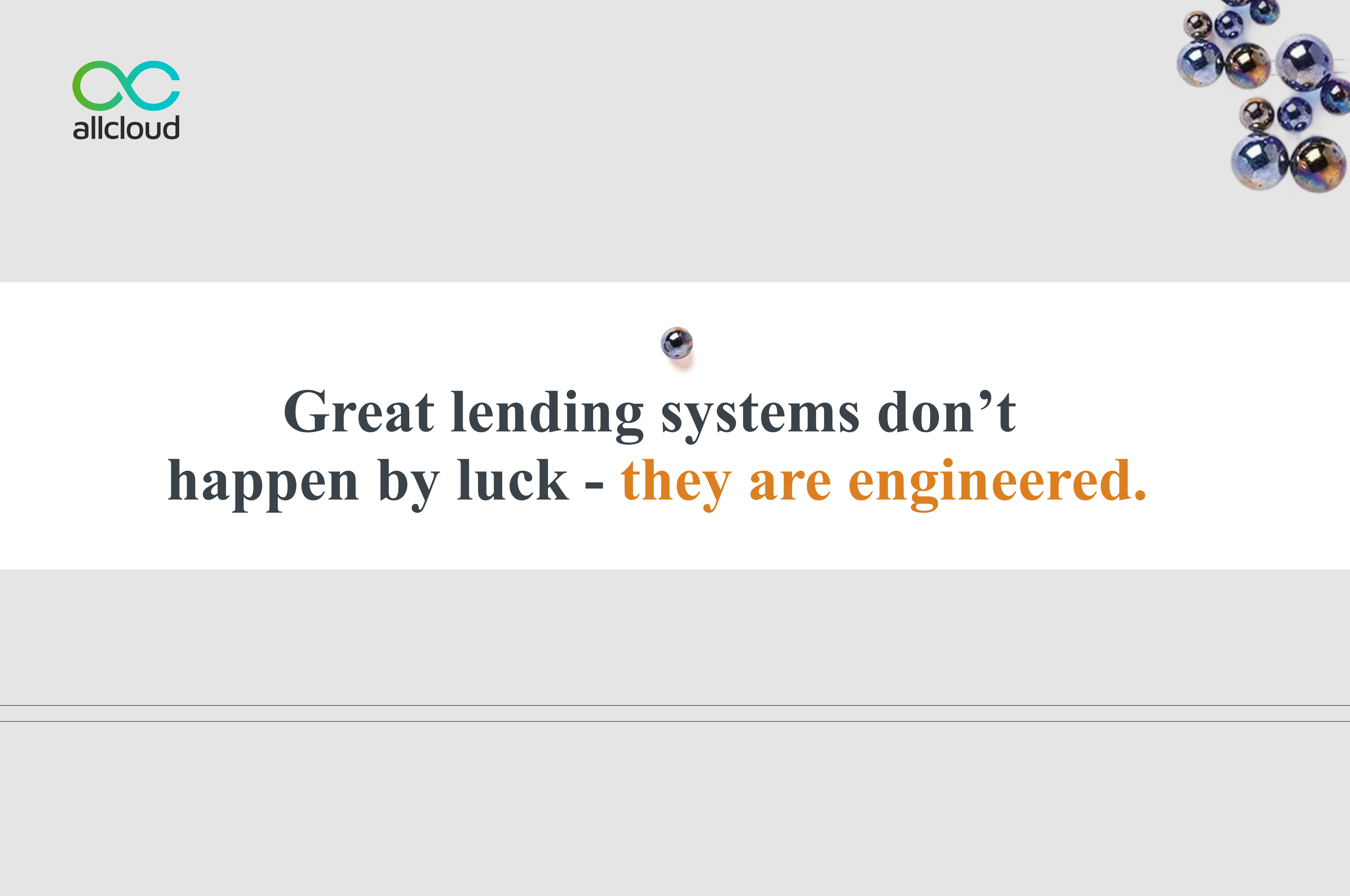Will Microfinance survive the Covid-19 crisis? Will MFIs join the shift to digital lending?
Get In Touch

Heading 1
Heading 2
Heading 3
Heading 4
Heading 5
Heading 6
Lorem ipsum dolor sit amet, consectetur adipiscing elit, sed do eiusmod tempor incididunt ut labore et dolore magna aliqua. Ut enim ad minim veniam, quis nostrud exercitation ullamco laboris nisi ut aliquip ex ea commodo consequat. Duis aute irure dolor in reprehenderit in voluptate velit esse cillum dolore eu fugiat nulla pariatur.
Block quote
Ordered list
- Item 1
- Item 2
- Item 3
Unordered list
- Item A
- Item B
- Item C
Bold text
Emphasis
Superscript
Subscript
Microfinance has traditionally been a socially driven enterprise – the ultimate goal of which is to achieve financial inclusion. By 2014, over 130 million people directly benefitted from Microfinance. As a consequence, over 500 million individuals have directly and indirectly benefitted from Microfinance operations.
The global market for Microfinance is expected to reach US $313.7 billion by 2025, driven primarily by the rising lack of equality in wealth distribution and the resulting increase in the number of underserved & unbanked poor people. The number of billionaires’ wealth needed to equal the wealth of the bottom 50% of the world population has fallen from 210 in the year 2010 to just 25 in the year 2019. Microfinance is a pillar of support for poor people – it enables them to smoothen their consumption and make larger purchases with ease. The access to even a small amount of credit holds potential to end the cycle of poverty by offering opportunities like business, job and education. Families with access to microfinance are unlikely to discontinue education of their children owing to economic reasons.Microfinance promotes economic development, growth, and employment by supporting small businesses and micro-entrepreneurs. Moreover, microfinance operations empower women and may result in more prosperity and stability in families. Microcredit also plays an important role in allowing households to move in and out of casual labour markets to protect incomes and consumption.
As recently as 2010, estimates suggested that ‘half the world was unbanked’. The data from the World Bank’s Global Findex suggest that those numbers had been cut by nearly a billion people by 2017, leaving just 31% unbanked. Microfinance is currently available to only about 20% of the 3 billion individuals who fall below the “International Poverty Line”.The Challenges faced by different Microfinance Institutions vary based on geography, respective country regulations, social structures & customer demographics. We’ve aggregated the challenges faced by MFIs below.
- The criteria used in granting credits - MFIs consider factors such as business formality, value of assets, business sector, operating period and financial performance in granting micro loan. The first criteria used in granting micro loan is formality while most of micro and small enterprises are informal.
- This shows that the major challenge of MFIs is the criteria used in granting micro credits which result in low outreach.
- Cost of operations
- Inability to target the appropriate calibre microfinance customers
- Interest rate charges are too high
- Poor repayment records
- Goal of the microfinance institutions
- Legal and regulatory impediments
- Human resources challenges
- Inaccessibility of micro finance services to the poor
- Capital inadequacy of MFIs
- Demand and supply gap in provision of micro credit
- High transaction cost
- Non-availability of documentary evidence
- Problem of re-payment tracking
- Lack of product diversification
- Low outreach
- High interest rate
- Late payment or delay in payment by microfinance customers
- Inadequate funding
- Neglecting urban poor
- Lack of infrastructures such as electricity
- Lack of banking culture among their customers
- Detestation of interest rate (halal)
- Lack of confidence on the part of prospective customers
- Limited support for human and institutional capacity
- The causes of poor loan re-payment are borrowers` attitude toward their loan, amount received, business experience and family background.
The Covid-19 Pandemic in 2020 has had a unique influence on the microfinance industry. Remarkably, the industry has survived, and even thrived, through significant previous crises that have caused major disruptions to more established parts of the financial system, such as the Asian financial crisis and the 2007/08 global financial crisis.
While there have been localised repayment crises (Andhra Pradesh, Nicaragua, Bosnia) and epidemics (Liberia, Sierra Leone), the industry and most providers have managed to cope without much damage.
Historically, there have been very few connections between global capital markets and the economic life cycles of microfinance borrowers.
When there were local disruptions of the economy (for e.g., because of natural disasters), global capital markets were completely unaffected – if any microfinance institution had to forgive loans or forgo repayments, they could easily recapitalise by finding investors.
When there were disruptions in global capital markets, the everyday economic life cycles of poor borrowers remained unaffected – the undisturbed flow of repayments helped the microfinance sector carry on and stay afloat until the crisis passed.
But as with so many things, the Covid-19 pandemic is different: no longer can MFIs trumpet the ‘99% repayment rates’ that have historically been fundamental to their marketing pitch.
The Covid-19 pandemic has, for the very first time, affected both global capital markets and local economies, filtering all the way down to the poorest neighbourhoods.
This implies that, in contrast to prior crises, the industry cannot count on the other side of the equation (global capital markets or local repayment) to cover shortfalls.
Technology for Microfinance has proven to be a major disruptor in the industry – to the extent that a majority of the challenges faced by the sector can be addressed with a state of the art microfinance software.
The only challenge left to be addressed would be the acceptance of modern technology by the uneducated segment of the marketplace.
Acceptance of technology is anyway a global trend proliferating across the global populace – considering players like MiBanks have managed to reach the unbanked markets through their offering MiCash by leveraging feature phones, the accessibility of smart phones should only support the microfinance industry & microfinance software even better.
Microfinance software can enable digitalization of operational procedures. Digital modes of payment can pilfer down to the remotest of regions without requiring human intervention – a boon in the current pandemic scenario.
Microfinance application software available on mobile platforms can enable field officers to foray further into the field to expand reach in rural regions.
The burden of credit analysts can be reduced by utilizing digitalized dashboards & reports. Data-driven analytics derived from categorization of microfinance customers can help establish better credit policies.
A hybrid microfinance software that blends the advantages of both Web & Mobile applications (like AutoCloud Enterprise’s Microfinance software solution) can enable end to end management of the microfinance portfolio including streamlined management of all field officers by establishing hierarchy, requisite permissions, geographical zones, automating workflows, configuring scorecards for better creditability decisions & sending automated communications via SMS & email.
AllCloud hopes to do our part in enabling financial inclusion by providing a robust & intuitive microfinance software to MFIs. Please feel free to contact us for a microfinance software demo on connect@allcloud.in – we would be happy to be of service.


.png)





